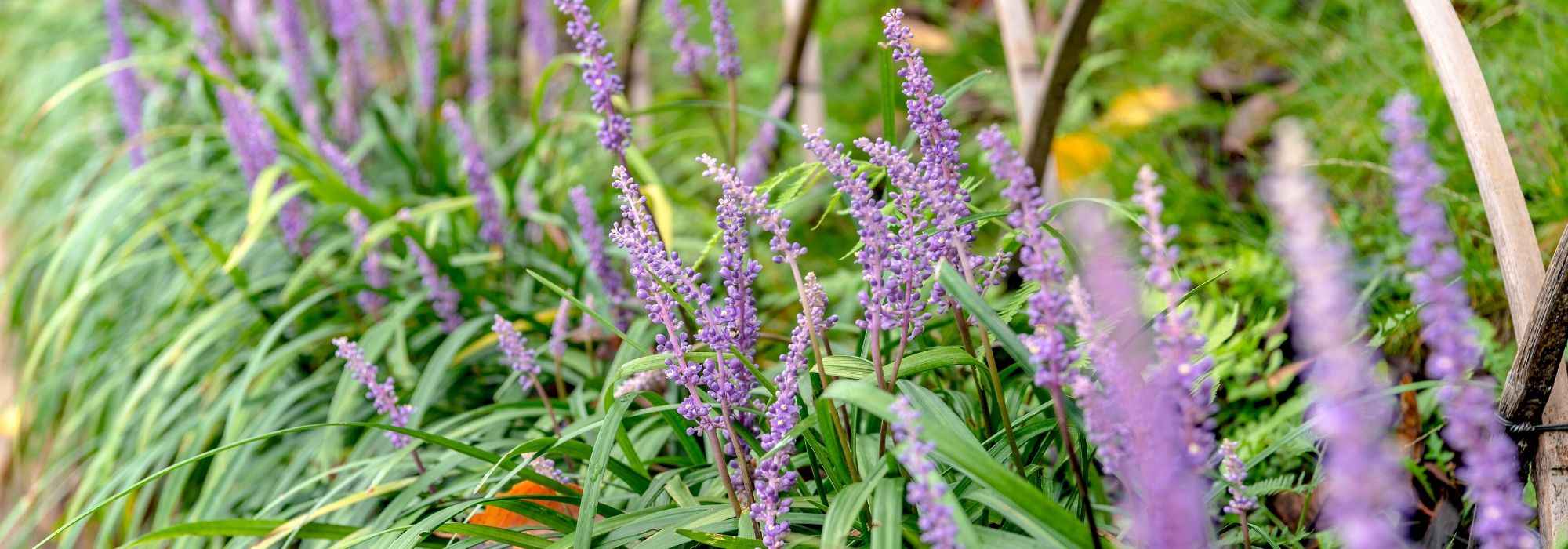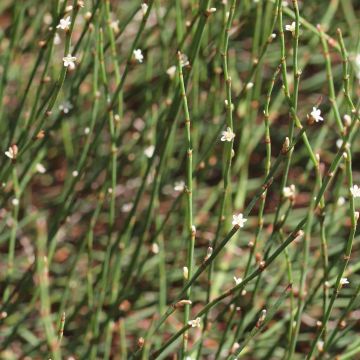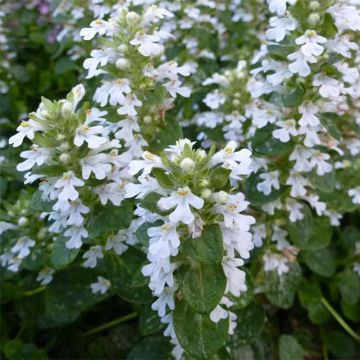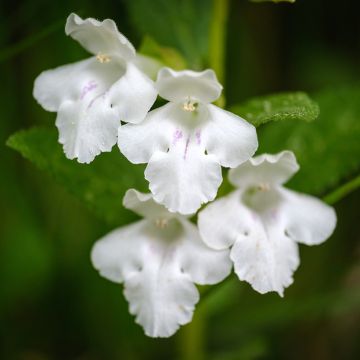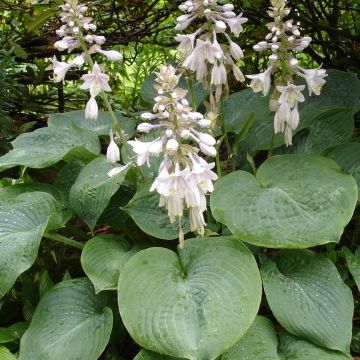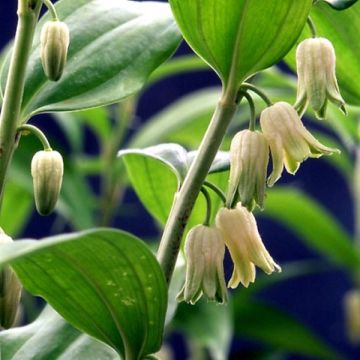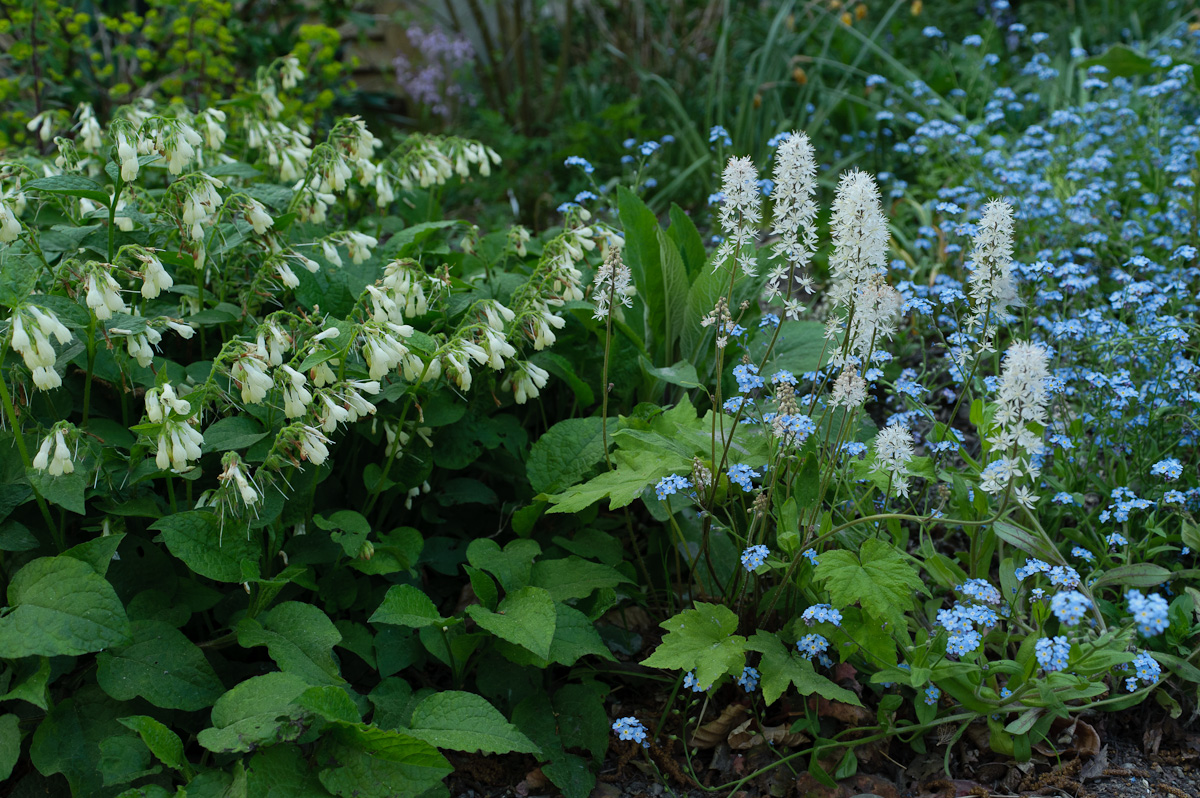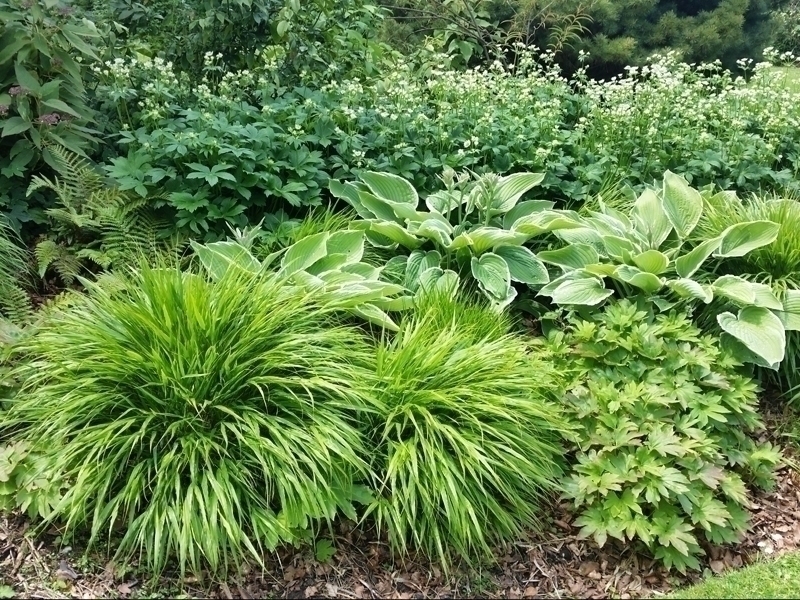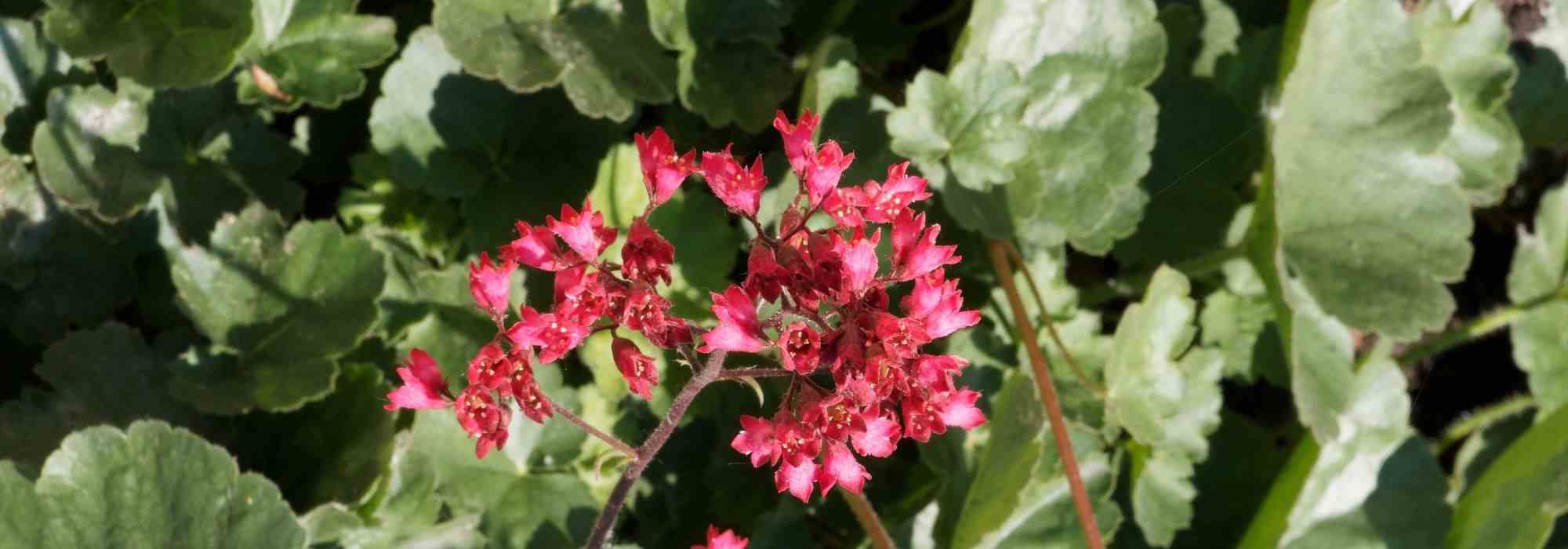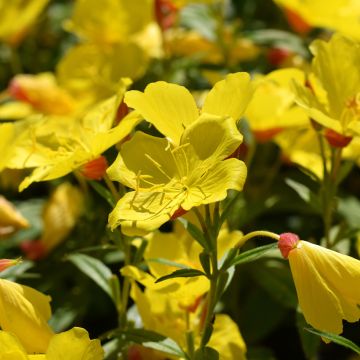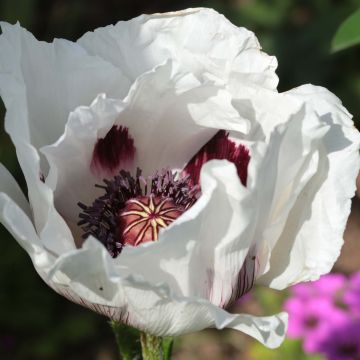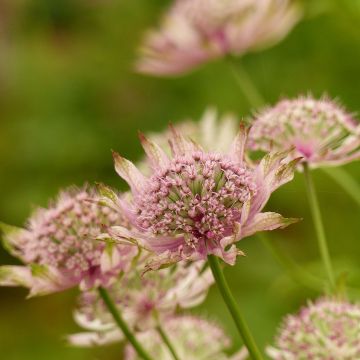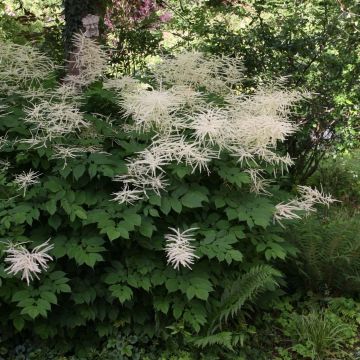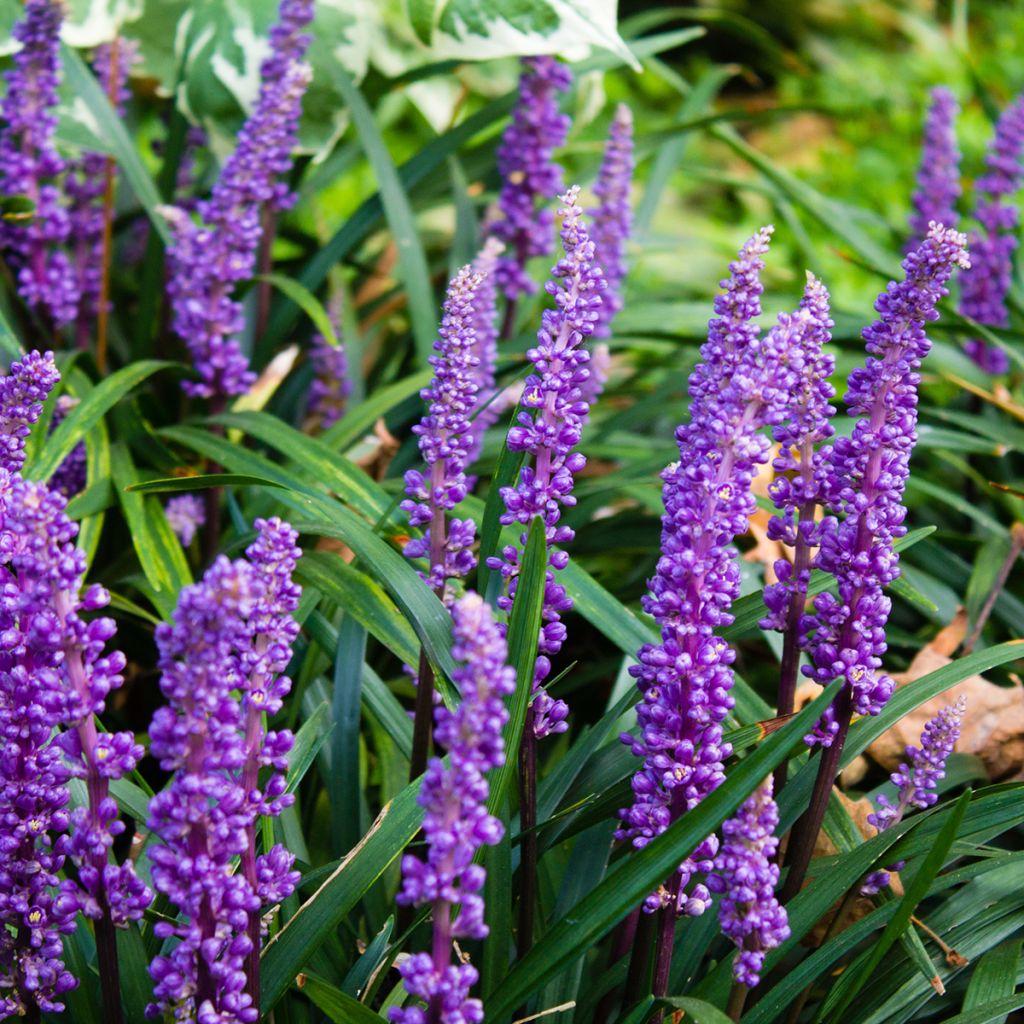

Liriope muscari
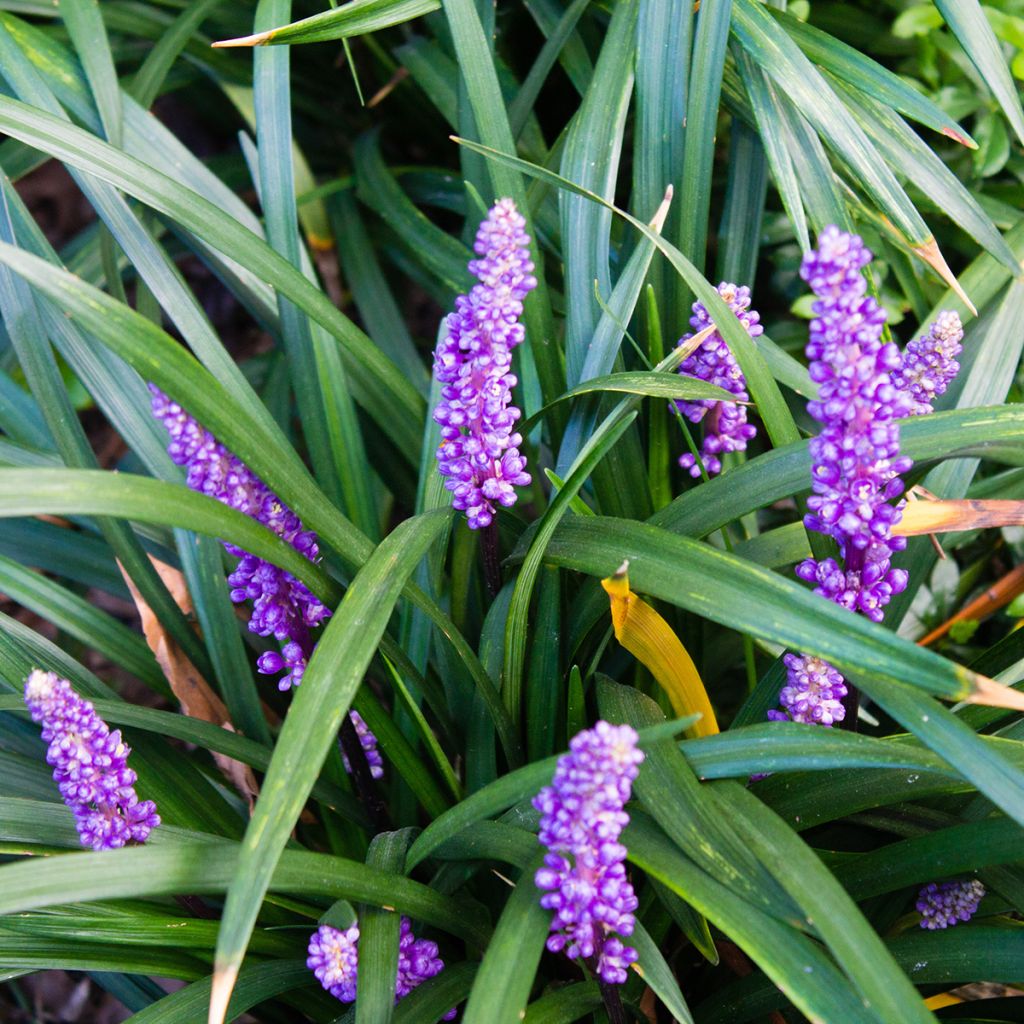

Liriope muscari


Liriope muscari
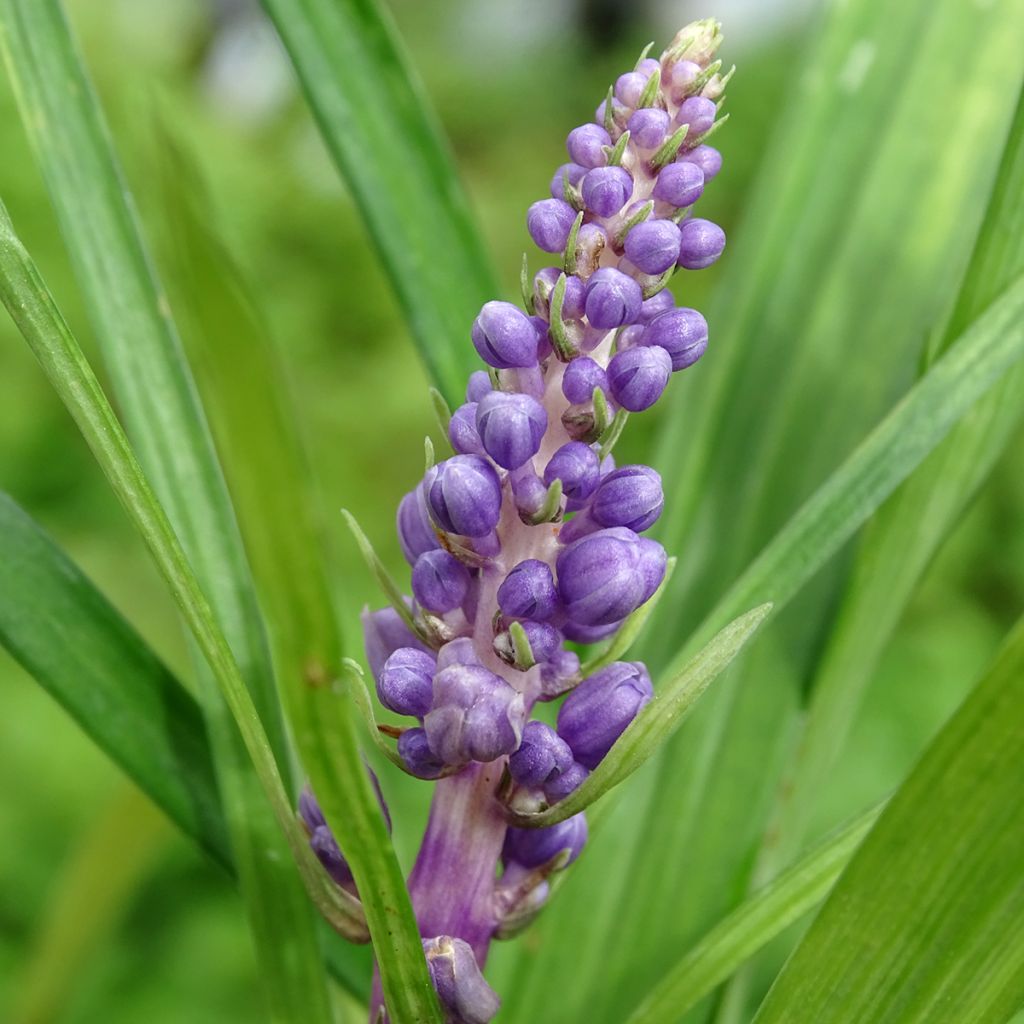

Liriope muscari
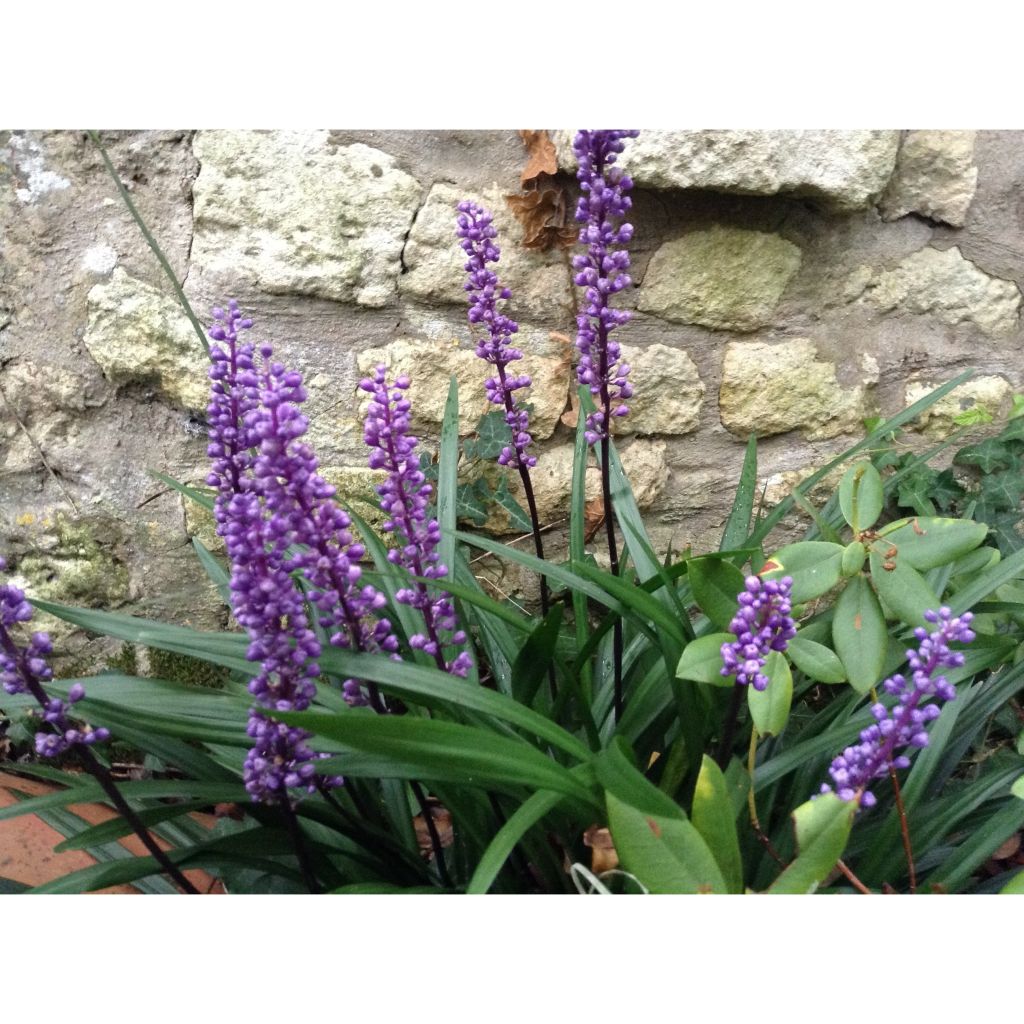

Liriope muscari
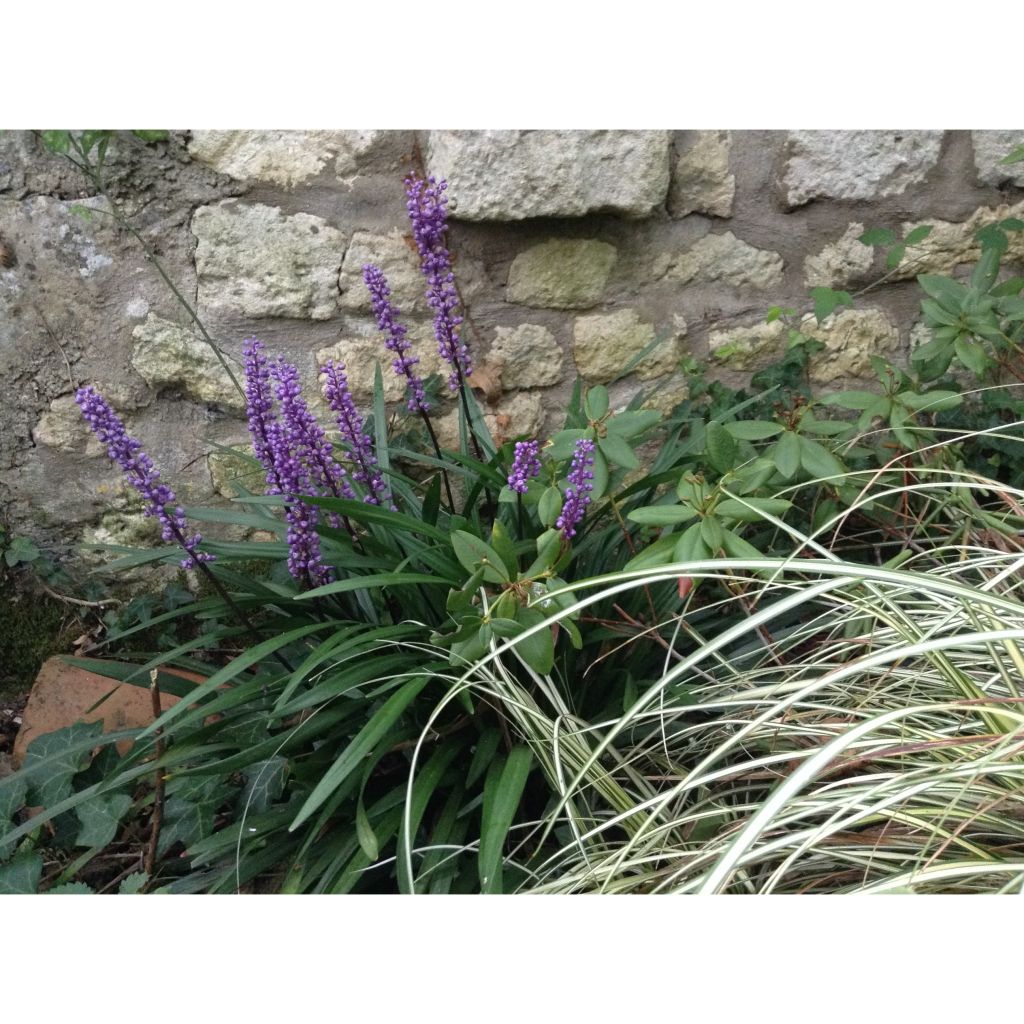

Liriope muscari
Liriope muscari
Liriope muscari
Lilyturf, Blue Lilyturf, Border Grass, Monkey Grass
A real success. In a pot on my north-facing balcony, its foliage is lush and its flowering was superb!
Fred, 11/11/2025
Special offer!
Receive a €20 voucher for any order over €90 (excluding delivery costs, credit notes, and plastic-free options)!
1- Add your favorite plants to your cart.
2- Once you have reached €90, confirm your order (you can even choose the delivery date!).
3- As soon as your order is shipped, you will receive an email containing your voucher code, valid for 3 months (90 days).
Your voucher is unique and can only be used once, for any order with a minimum value of €20, excluding delivery costs.
Can be combined with other current offers, non-divisible and non-refundable.
Home or relay delivery (depending on size and destination)
Schedule delivery date,
and select date in basket
This plant carries a 12 months recovery warranty
More information
We guarantee the quality of our plants for a full growing cycle, and will replace at our expense any plant that fails to recover under normal climatic and planting conditions.


Would this plant suit my garden?
Set up your Plantfit profile →
Description
Liriope muscari is an excellent woodland perennial, capable of growing in the roots of trees, where the soil is often poor and quite dry in summer. Forming clumps of narrow, tightly packed leaves, it slowly spreads as a carpet to effectively cover the ground, while remaining decorative in winter. It is also appreciated for its beautiful summer to autumn flowering, which can be more or less late, consisting of upright spikes with tightly packed small violet flowers. This cousin of ophiopogon is the perfect ally for creating a harmonious garden by embellishing areas neglected by other plants.
Liriope muscari belongs to the Asparagaceae family. It is native to the woodlands of China, Korea, and Japan. It has excellent cold resistance (-20°C (-4°F)). It prefers light, slightly acidic to neutral, slightly moist soil. However, it can adapt to slightly chalky soils (enriched with compost) and drier conditions where its growth will be slowed down.
This herbaceous perennial forms clumps, with slowly spreading rhizomes and almost non-existent stems. Its vegetation persists throughout the year, even in winter. It forms a dense bouquet of leaves, measuring about 40cm (16in) in all directions, slowly spreading to form large dark patches. Its growth is relatively slow, and it never becomes invasive. Its leaves are ribbon-like and lanceolate, measuring over 15cm (6in) in length and about 1cm (0.4in) in width. They are glossy and very dark green. The summer flowering continues until October. The inflorescences are blackish spikes that can reach 40cm (16in) in height, bearing numerous small light violet bells. The bright flowers are perfectly highlighted by the dark foliage. The flowering is followed by the formation of black fruits.
Forming a large clump of grass that remains decorative throughout the year, even in winter, and robust and dense enough to discourage 'weeds', Liriope muscari has many advantages. It is sturdy, adaptable, and requires little maintenance once established, bringing a touch of lushness and a well-groomed appearance to neglected areas of the garden. Plant it every 40cm (16in) along a semi-shaded path, at the base of a hedge, or under lightly foliated tall trees, and it will quickly form a superb and tidy carpet. It also grows very well in pots, on a windowsill or balcony. It is so accommodating that it will forgive watering neglect and thrive in low-maintenance gardens.
Liriope muscari in pictures
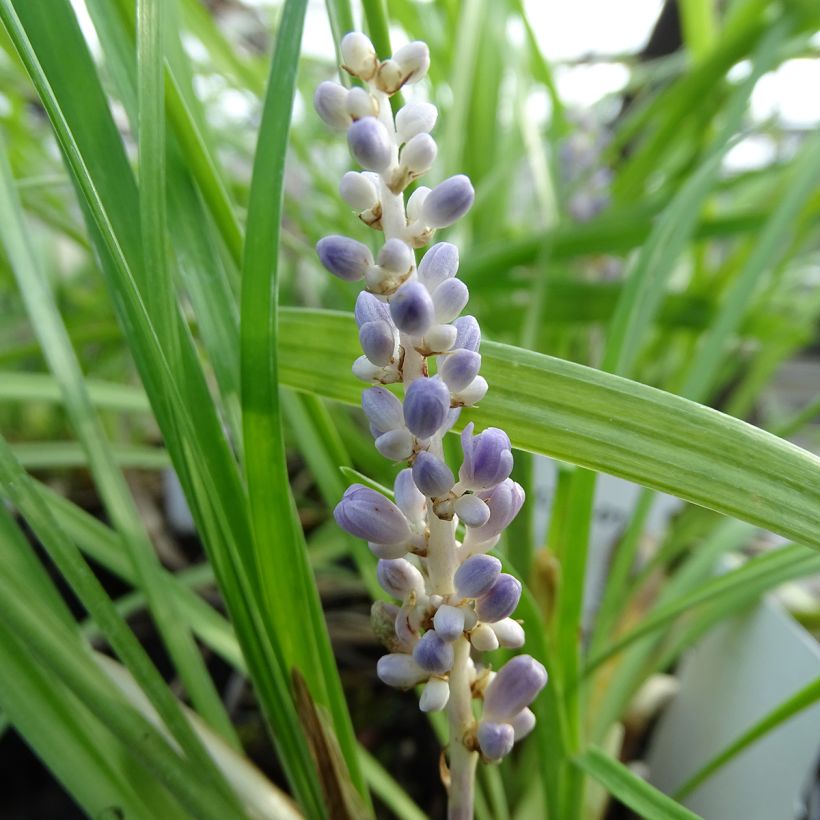

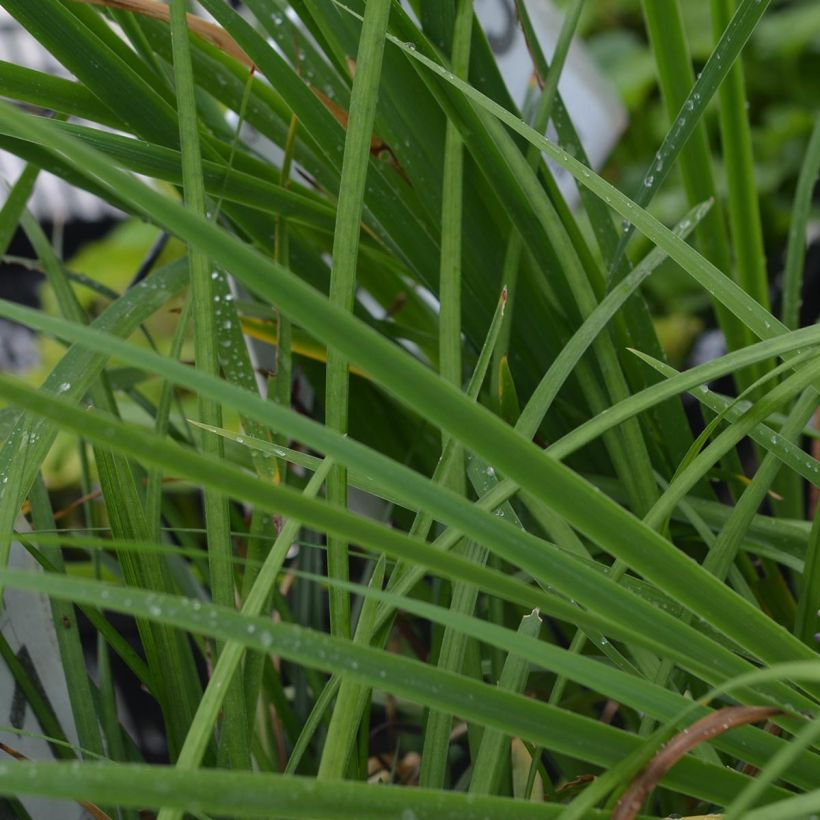

Flowering
Foliage
Plant habit
Botanical data
Liriope
muscari
Liliaceae (Asparagaceae)
Lilyturf, Blue Lilyturf, Border Grass, Monkey Grass
China
Other Shade-loving perennials
View all →Planting and care
Liriope muscari are perennial shade plants that thrive in non-calcareous, well-drained soils that are not too dry, enriched with humus provided by the dead leaves of deciduous trees or bushes under which they prosper. However, they are tolerant plants, capable of adapting to drier conditions once well established. They will require more water if planted in the sun. Their roots suffer from stagnant moisture in winter, so ensure good drainage in heavy and clayey soils. In early spring, remove damaged leaves before the annual regrowth. This plant does not require any particular maintenance once established. Water regularly in the first year, especially if the summer is dry. Afterwards, it will manage on its own.
We planted a few clumps at the foot of a cercidiphyllum 15 years ago and they are still there, growing steadily without any special care. However, be cautious in the east as they are slightly sensitive and can be damaged by cold winds.
Planting period
Intended location
Care
Planting & care advice
-
, onOrder confirmed
Reply from on Promesse de fleurs
Similar products
Haven't found what you were looking for?
Hardiness is the lowest winter temperature a plant can endure without suffering serious damage or even dying. However, hardiness is affected by location (a sheltered area, such as a patio), protection (winter cover) and soil type (hardiness is improved by well-drained soil).

Photo Sharing Terms & Conditions
In order to encourage gardeners to interact and share their experiences, Promesse de fleurs offers various media enabling content to be uploaded onto its Site - in particular via the ‘Photo sharing’ module.
The User agrees to refrain from:
- Posting any content that is illegal, prejudicial, insulting, racist, inciteful to hatred, revisionist, contrary to public decency, that infringes on privacy or on the privacy rights of third parties, in particular the publicity rights of persons and goods, intellectual property rights, or the right to privacy.
- Submitting content on behalf of a third party;
- Impersonate the identity of a third party and/or publish any personal information about a third party;
In general, the User undertakes to refrain from any unethical behaviour.
All Content (in particular text, comments, files, images, photos, videos, creative works, etc.), which may be subject to property or intellectual property rights, image or other private rights, shall remain the property of the User, subject to the limited rights granted by the terms of the licence granted by Promesse de fleurs as stated below. Users are at liberty to publish or not to publish such Content on the Site, notably via the ‘Photo Sharing’ facility, and accept that this Content shall be made public and freely accessible, notably on the Internet.
Users further acknowledge, undertake to have ,and guarantee that they hold all necessary rights and permissions to publish such material on the Site, in particular with regard to the legislation in force pertaining to any privacy, property, intellectual property, image, or contractual rights, or rights of any other nature. By publishing such Content on the Site, Users acknowledge accepting full liability as publishers of the Content within the meaning of the law, and grant Promesse de fleurs, free of charge, an inclusive, worldwide licence for the said Content for the entire duration of its publication, including all reproduction, representation, up/downloading, displaying, performing, transmission, and storage rights.
Users also grant permission for their name to be linked to the Content and accept that this link may not always be made available.
By engaging in posting material, Users consent to their Content becoming automatically accessible on the Internet, in particular on other sites and/or blogs and/or web pages of the Promesse de fleurs site, including in particular social pages and the Promesse de fleurs catalogue.
Users may secure the removal of entrusted content free of charge by issuing a simple request via our contact form.
The flowering period indicated on our website applies to countries and regions located in USDA zone 8 (France, the United Kingdom, Ireland, the Netherlands, etc.)
It will vary according to where you live:
- In zones 9 to 10 (Italy, Spain, Greece, etc.), flowering will occur about 2 to 4 weeks earlier.
- In zones 6 to 7 (Germany, Poland, Slovenia, and lower mountainous regions), flowering will be delayed by 2 to 3 weeks.
- In zone 5 (Central Europe, Scandinavia), blooming will be delayed by 3 to 5 weeks.
In temperate climates, pruning of spring-flowering shrubs (forsythia, spireas, etc.) should be done just after flowering.
Pruning of summer-flowering shrubs (Indian Lilac, Perovskia, etc.) can be done in winter or spring.
In cold regions as well as with frost-sensitive plants, avoid pruning too early when severe frosts may still occur.
The planting period indicated on our website applies to countries and regions located in USDA zone 8 (France, United Kingdom, Ireland, Netherlands).
It will vary according to where you live:
- In Mediterranean zones (Marseille, Madrid, Milan, etc.), autumn and winter are the best planting periods.
- In continental zones (Strasbourg, Munich, Vienna, etc.), delay planting by 2 to 3 weeks in spring and bring it forward by 2 to 4 weeks in autumn.
- In mountainous regions (the Alps, Pyrenees, Carpathians, etc.), it is best to plant in late spring (May-June) or late summer (August-September).
The harvesting period indicated on our website applies to countries and regions in USDA zone 8 (France, England, Ireland, the Netherlands).
In colder areas (Scandinavia, Poland, Austria...) fruit and vegetable harvests are likely to be delayed by 3-4 weeks.
In warmer areas (Italy, Spain, Greece, etc.), harvesting will probably take place earlier, depending on weather conditions.
The sowing periods indicated on our website apply to countries and regions within USDA Zone 8 (France, UK, Ireland, Netherlands).
In colder areas (Scandinavia, Poland, Austria...), delay any outdoor sowing by 3-4 weeks, or sow under glass.
In warmer climes (Italy, Spain, Greece, etc.), bring outdoor sowing forward by a few weeks.






























